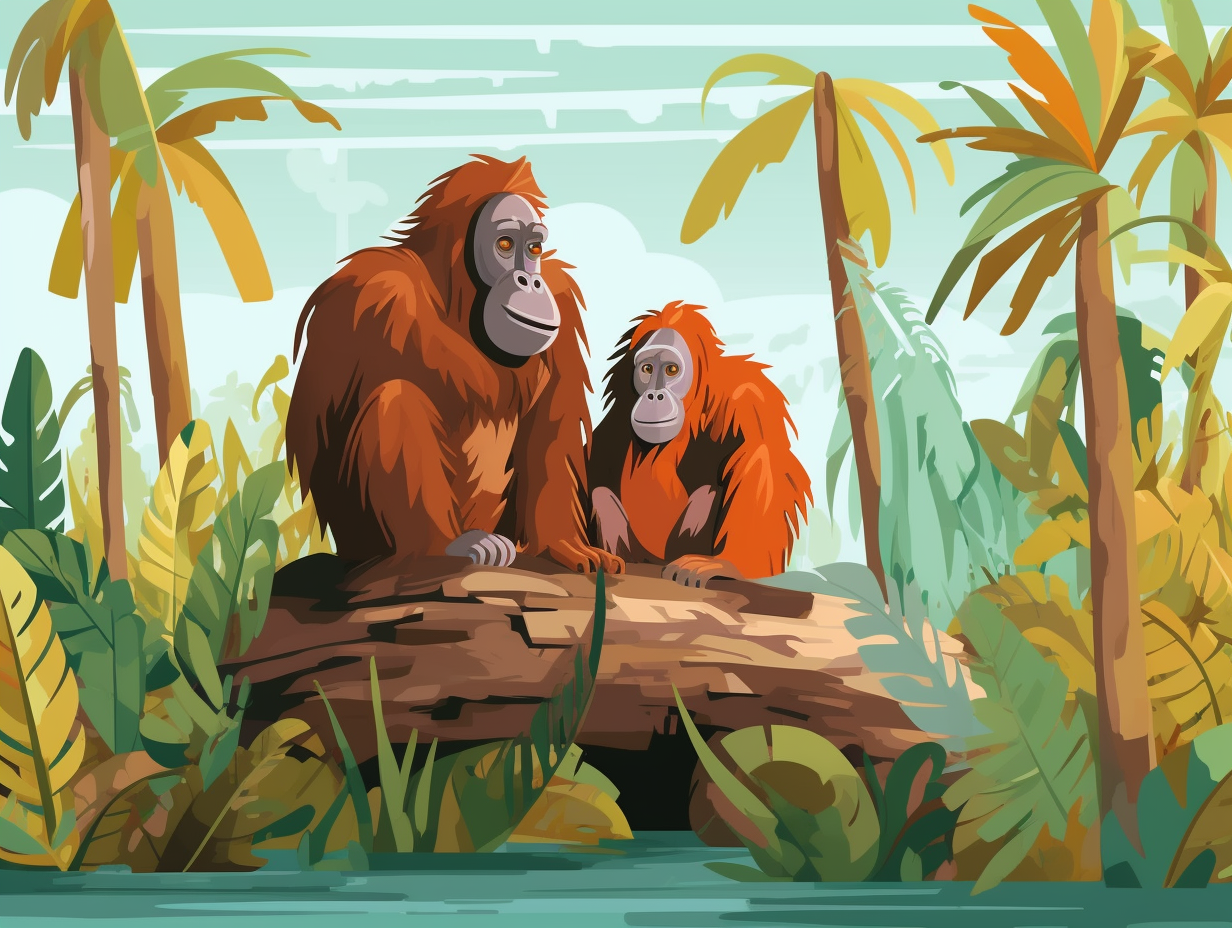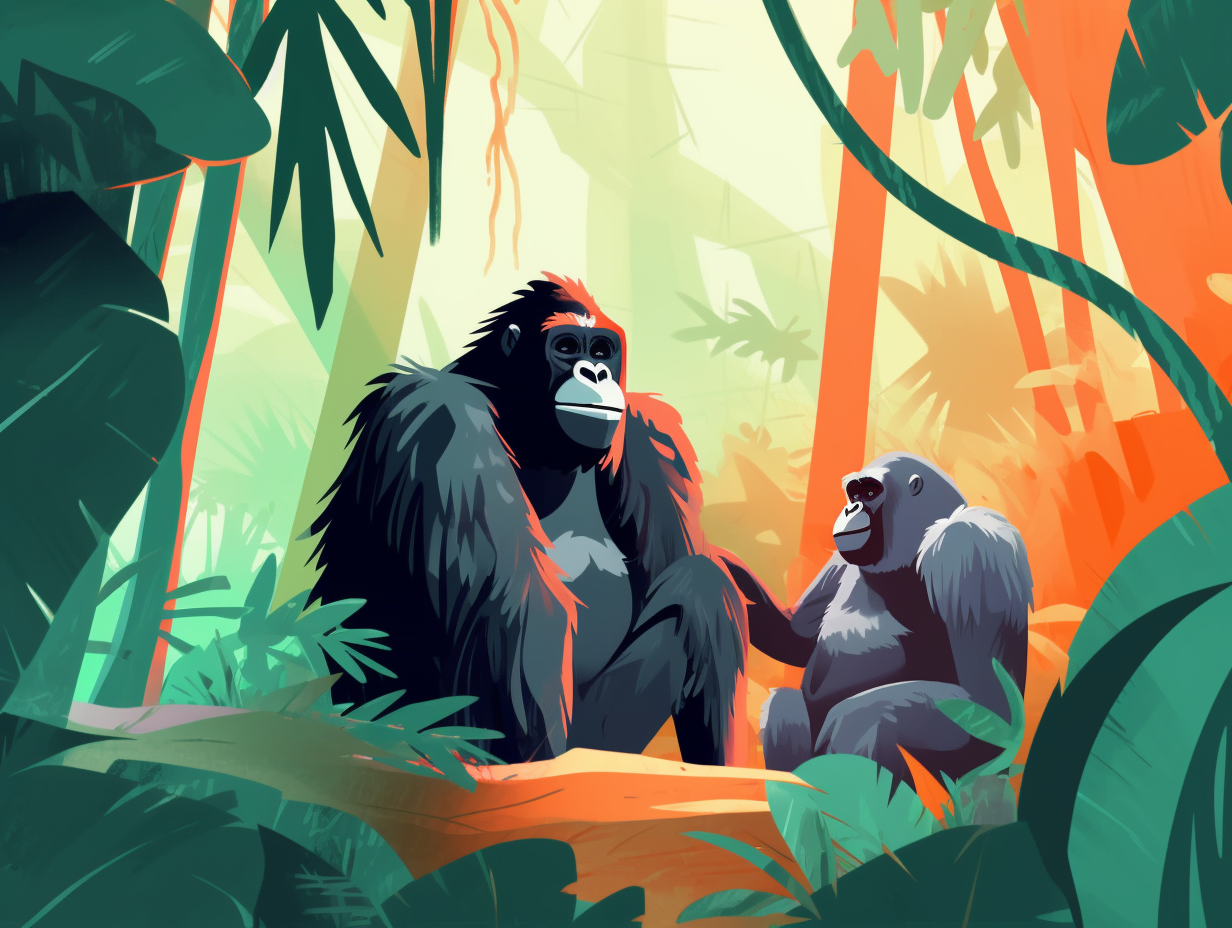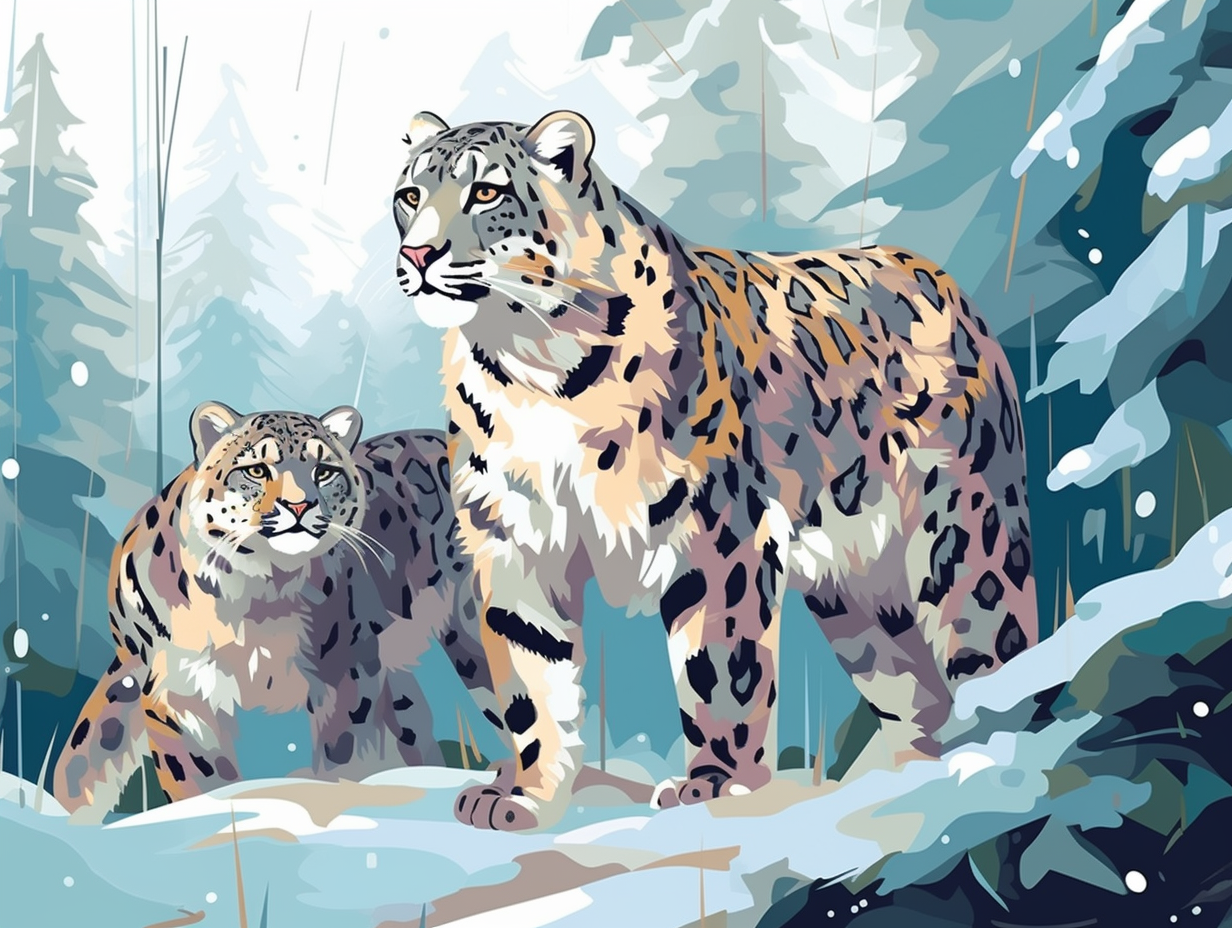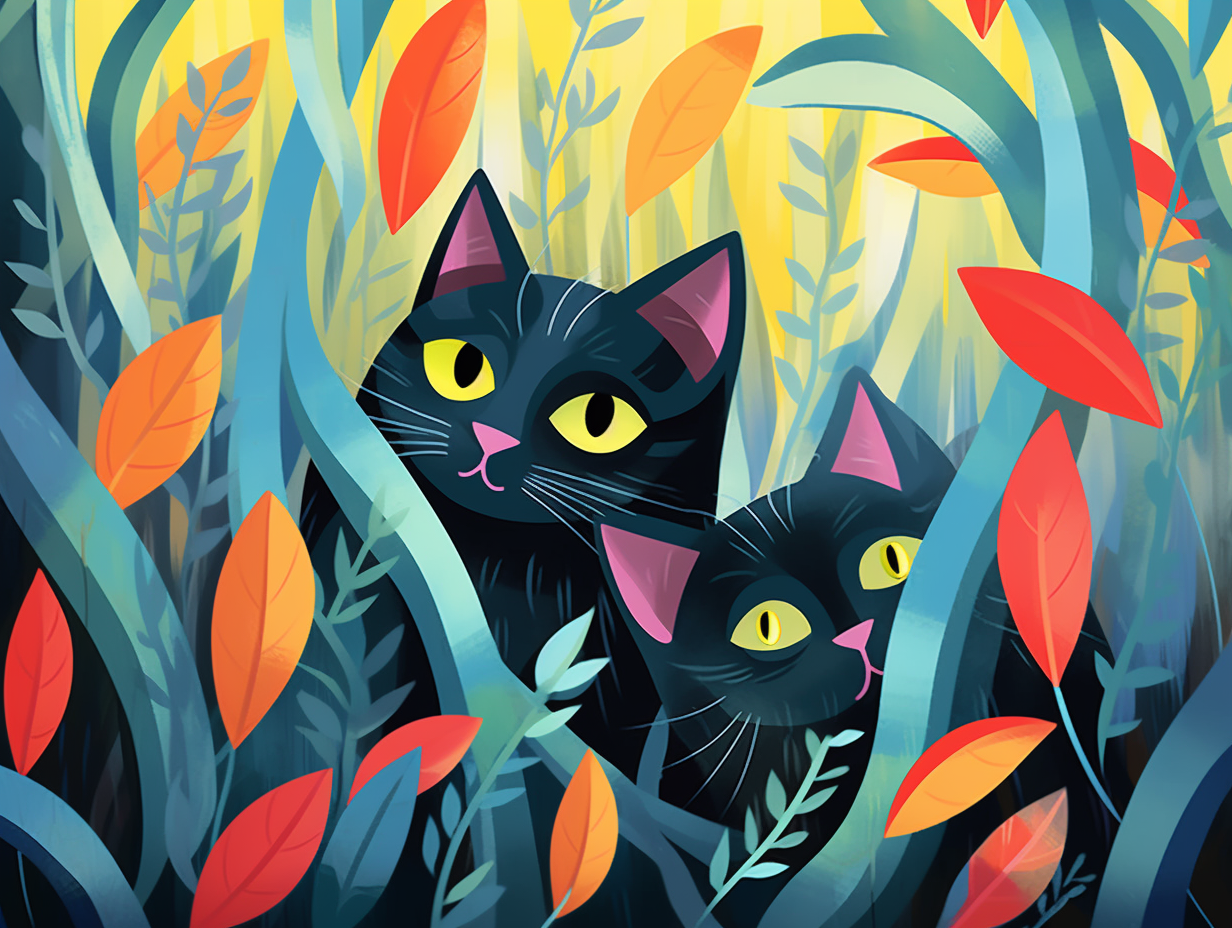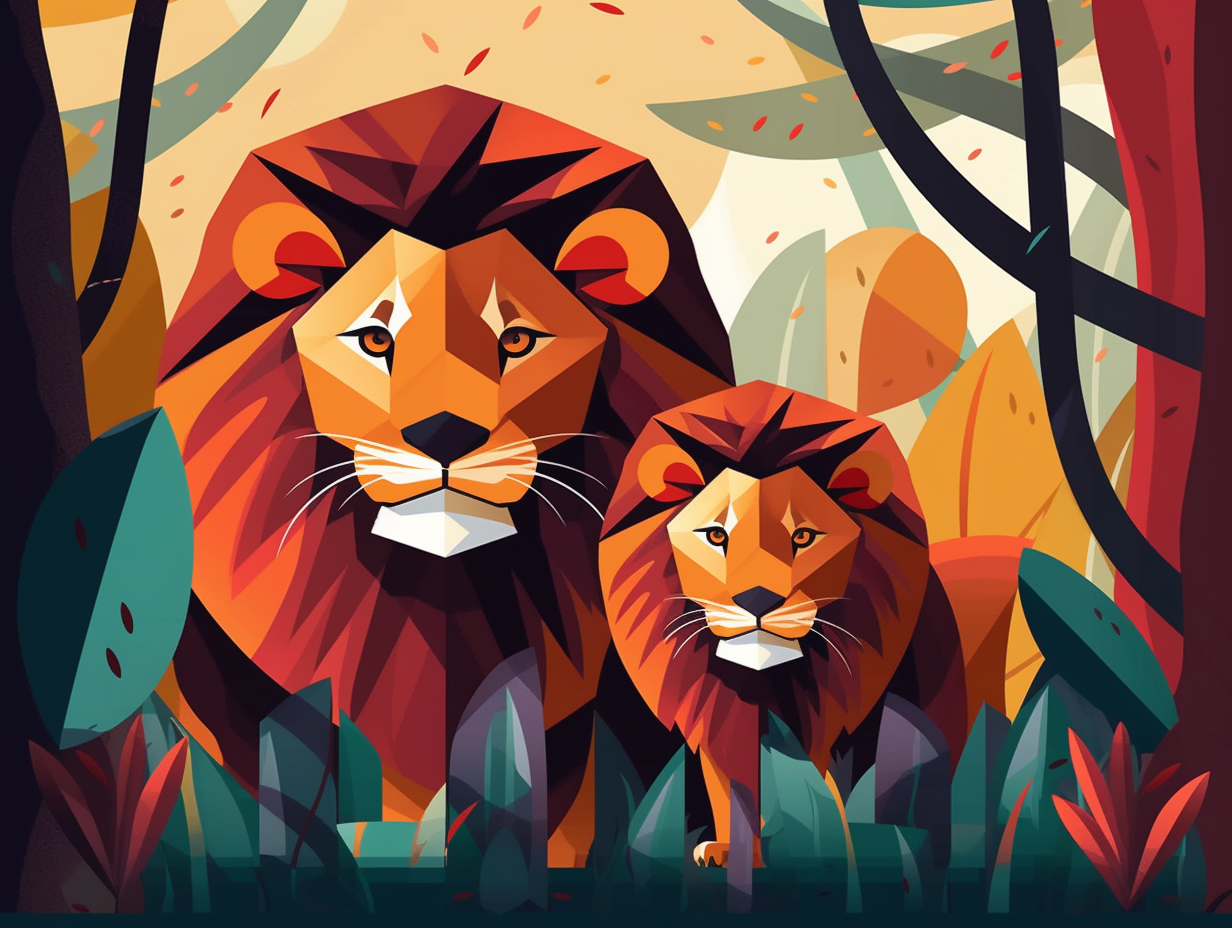Discover the Wild Side: Top 13 Amazing Fun Facts About Vertebrates You Need to Know!
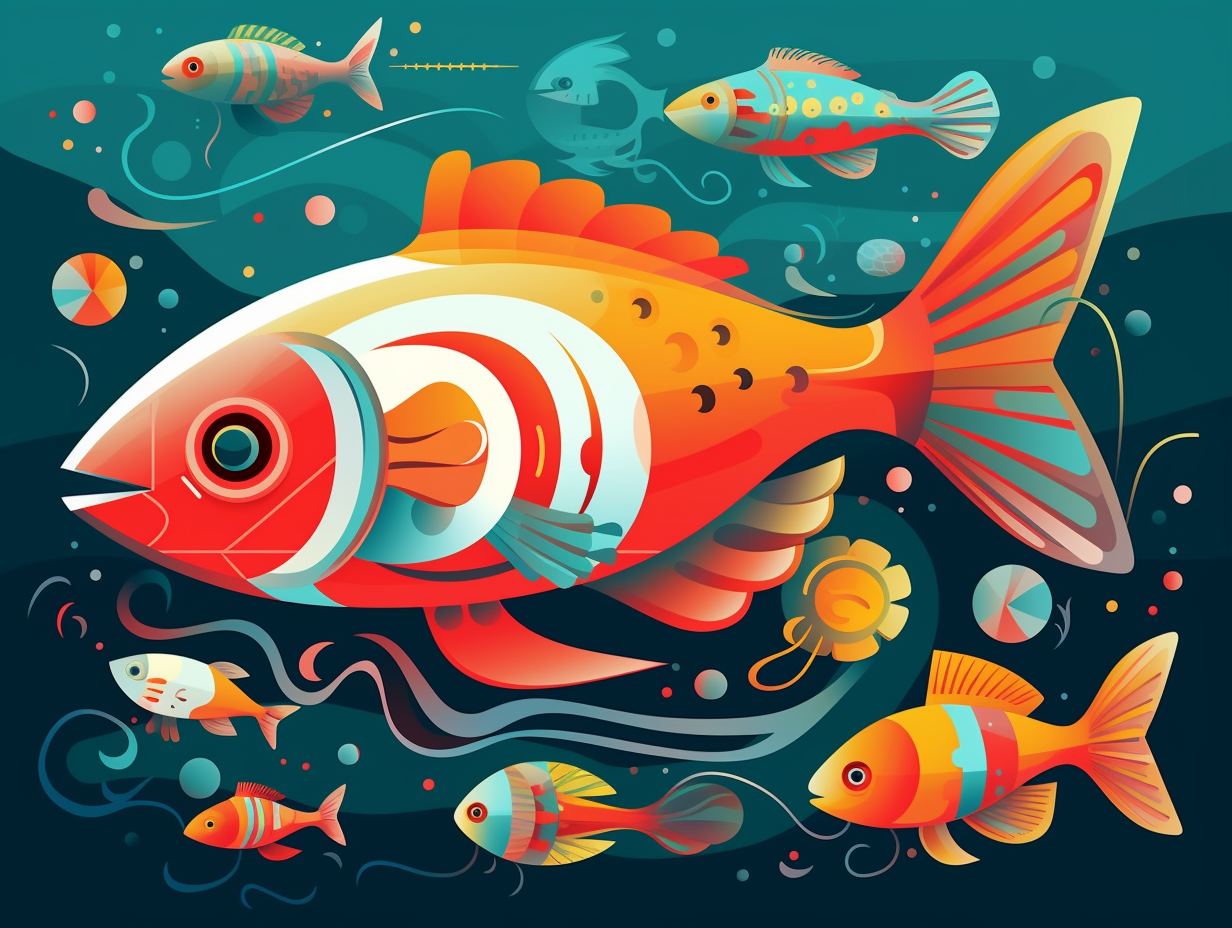
1. Necking Giraffes
Talk about stretching your neck out for someone: Giraffes not only utilize their lengthy necks to chow down on hard-to-reach foliage but also for protection and love! These vigilant African savannah dwellers gain an advantage in spotting danger from afar and partake in a testosterone-charged dance called "necking" to win over mates. All the while, these sky-high herbivores share the same number of neck vertebrae as we do – a modest seven.
Source => clevelandzoosociety.org
2. Whale-Hippo Family Reunion
Whale, whale, whale, what do we have here? It's a whale of a tale, folks: Whales and hippos are actually close relatives, even though they evolved their aquatic lifestyles separately. The first whales appeared around 50 million years ago, evolving from terrestrial ancestors like Pakicetus, which boasted long skulls and large teeth for eating meat. While these early ancestors didn't look like their modern marine descendants, their inner ear regions were a match made in phylogenetic heaven, providing key evidence for their shared evolutionary heritage.
Source => evolution.berkeley.edu

Did you know kangaroos and wallabies have a sweet tooth? Discover their favorite fruity cocktail and leafy treats that make them hop for joy every morning! 🦘🍌🥕🍎
=> Fun Facts about Kangaroos
3. Rooster Karaoke
Who needs singing lessons when you're a rooster with built-in karaoke skills? These feathery alarm clocks bring down the house with their natural talent, all thanks to some serious hormone-honed vocals: An innate vocalization behavior controlled by the cholecystokinin B receptor (CCKBR) gene, upregulated by testosterone, is responsible for a rooster's crowing ability and comb size. The CCK system in the midbrain ICo even lets chicks in on the action when gastrin, an agonist specific for CCKBR, is administered, suggesting that crowing is roosters' way of staying connected in their social network.
Source => ncbi.nlm.nih.gov
4. Dino-Daddy Daycare
Move over Mr. Mom, here come the dino-daddies: A study by paleontologist David Varricchio revealed that some birdlike dinosaurs, like Oviraptor, Citipati, and Troodon, were dedicated stay-at-home dads, incubating eggs and caring for their offspring, defying the "lizard brain" stereotype and showing striking similarities between these ancient creatures and modern birds.
Source => science.org
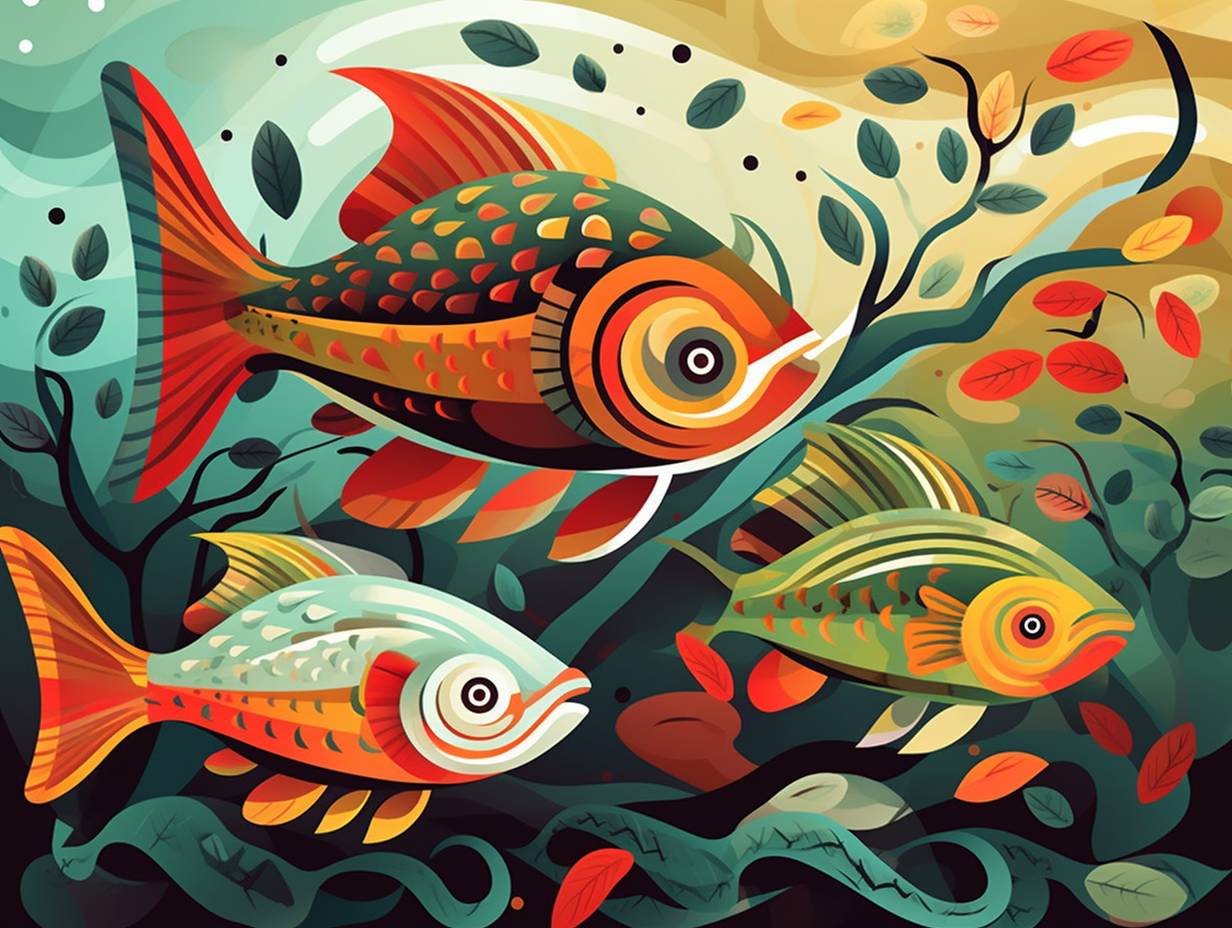
5. Bird Airheads
Ever heard of an "airhead" with a weight problem? Well, our avian friends surely fit the bill: Bird skeletons may be heavier than animals like mice, but their hollow bones are packed with air sacs that extend into their bones, resulting in efficient oxygen intake during flight and providing extra energy, while the denser, stiffer, and stronger bones help prevent breakage.
Source => montananaturalist.org
6. Flamingo Fashion Secrets
"If flamingos could talk, they might say, "You are what you eat," while flaunting their fabulous pink selves: This fascinating hue that makes them the divas of the bird world comes from consuming algae and small aquatic animals rich in carotenoid pigments, also found in carrots, which, incidentally, could turn your skin pink or orange if you munch on too many!"
Source => reidparkzoo.org
7. Frog Party Soundtrack
Frogs may not be the life of the party, but they sure know how to handle a noisy soirée: their inflated lungs function as natural hearing aids, allowing them to enhance spectral contrast in vocalizations and improve the signal-to-noise ratio for communication in bustling amphibian gatherings.
Source => sciencedirect.com
8. Bony Shark Surprise
Who needs Jaws when you've got Bones? Sharks are silently channeling their inner skeleton, hiding a bony secret beneath their cartilaginous façade: Contrary to popular belief, these fearsome creatures do possess bone-like tissue in their endoskeleton, particularly in their vertebral neural arches, proving that they've got some serious spine hidden beneath their slippery reputation.
Source => ncbi.nlm.nih.gov
9. Axolotl Tooth Factory
Move over Tooth Fairy, make way for the Axolotl Dentist! These magical little critters have an endless supply of teeth to fill your pillow with: Axolotls possess the remarkable ability to continuously and rapidly regenerate their teeth throughout their lives. This unique talent makes them an invaluable model for dental research, as tooth development stages can be studied within a single animal. So next time you lose a tooth, just remember, you might have an axolotl to thank for future dental discoveries!
Source => nature.com
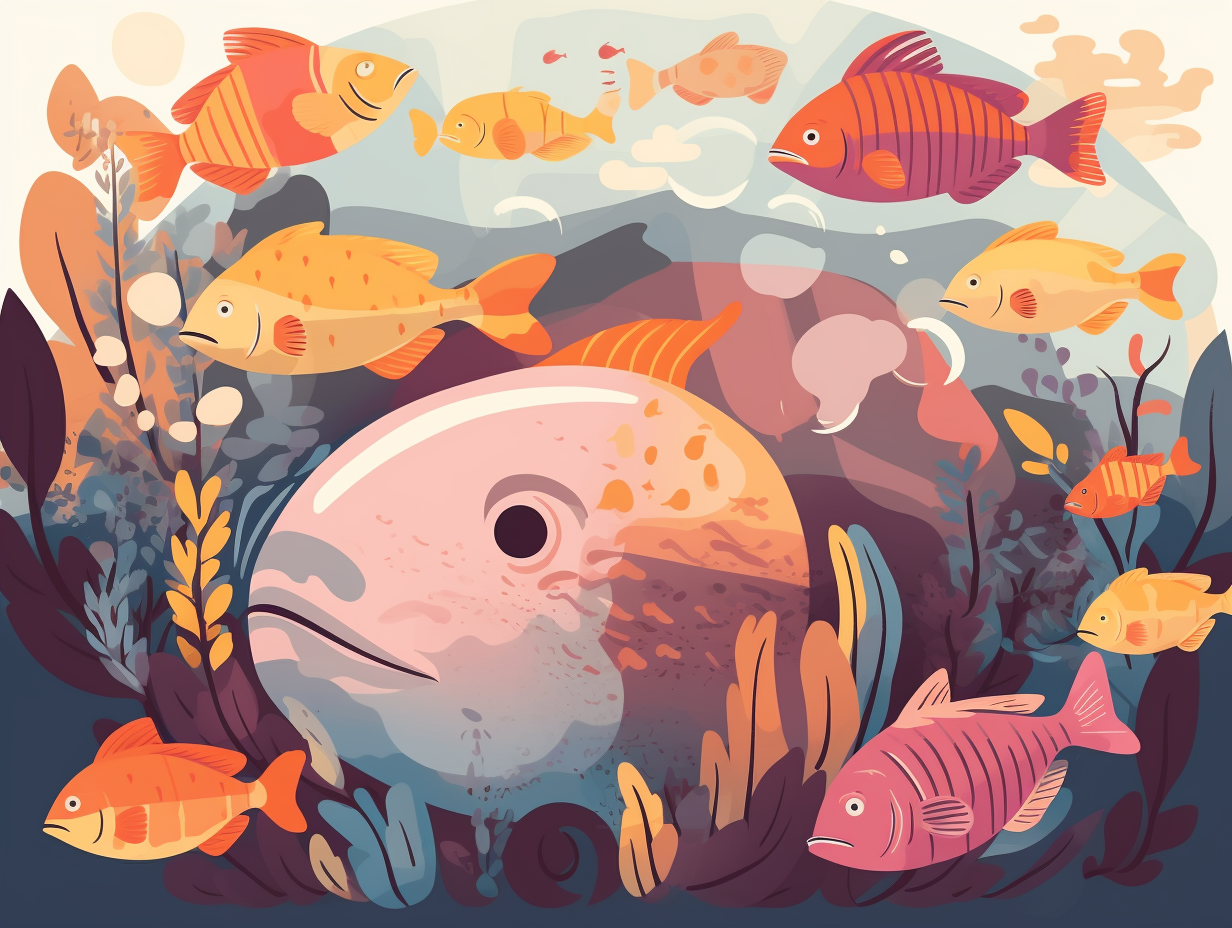
10. Sleep Swimming & Flying
Next time you hit snooze on your alarm, think of the ultimate multitaskers, marine mammals and certain birds: they perfected the art of sleep swimming and flying in their party of one! In fact: these skillful creatures experience unihemispheric sleep, which allows one cerebral hemisphere to rest while the other stays wide awake, maintaining essential functions like breathing and thermoregulation without affecting their behavior or health.
Source => ncbi.nlm.nih.gov
11. Embryonic Gill Mystery
Hold on to your gills, evolution enthusiasts: you might think human and chick embryos are preparing for an aquatic showdown with their fish-like structures, but plot twist – they don't actually develop into gills! Even the axolotl, champion of gilled-glory, skips the internal gill stage as it evolves from a salamander ancestor. Turns out, Mother Nature prefers cryptic clues over literal transformations when it comes to embryonic development.
Source => evolution.berkeley.edu
12. Anglerfish Disco Fever
Talk about a master baiter: female anglerfish are glow-in-the-dark to reel in their meals, enticing them with a built-in disco ball at the end of a head-appendage, while males are just freeloaders hitching a literal ride on their well-lit girlfriends for nutrients for the rest of their lives! No sparks there, just bioluminescent bacteria lighting up the watery dance floor.
Source => sciencedirect.com
13. Jesus Christ Lizard's Water Walk
Holy H2O Batman, we've got a lizard that can walk on water: The Jesus Christ Lizard, also known as the basilisk lizard, uses its super-speedy legs and specialized feet to sprint across water surfaces, enabling it to catch insects and escape predators while leaving the laws of physics in its wake.
Source => nationalgeographic.com
Related Fun Facts




